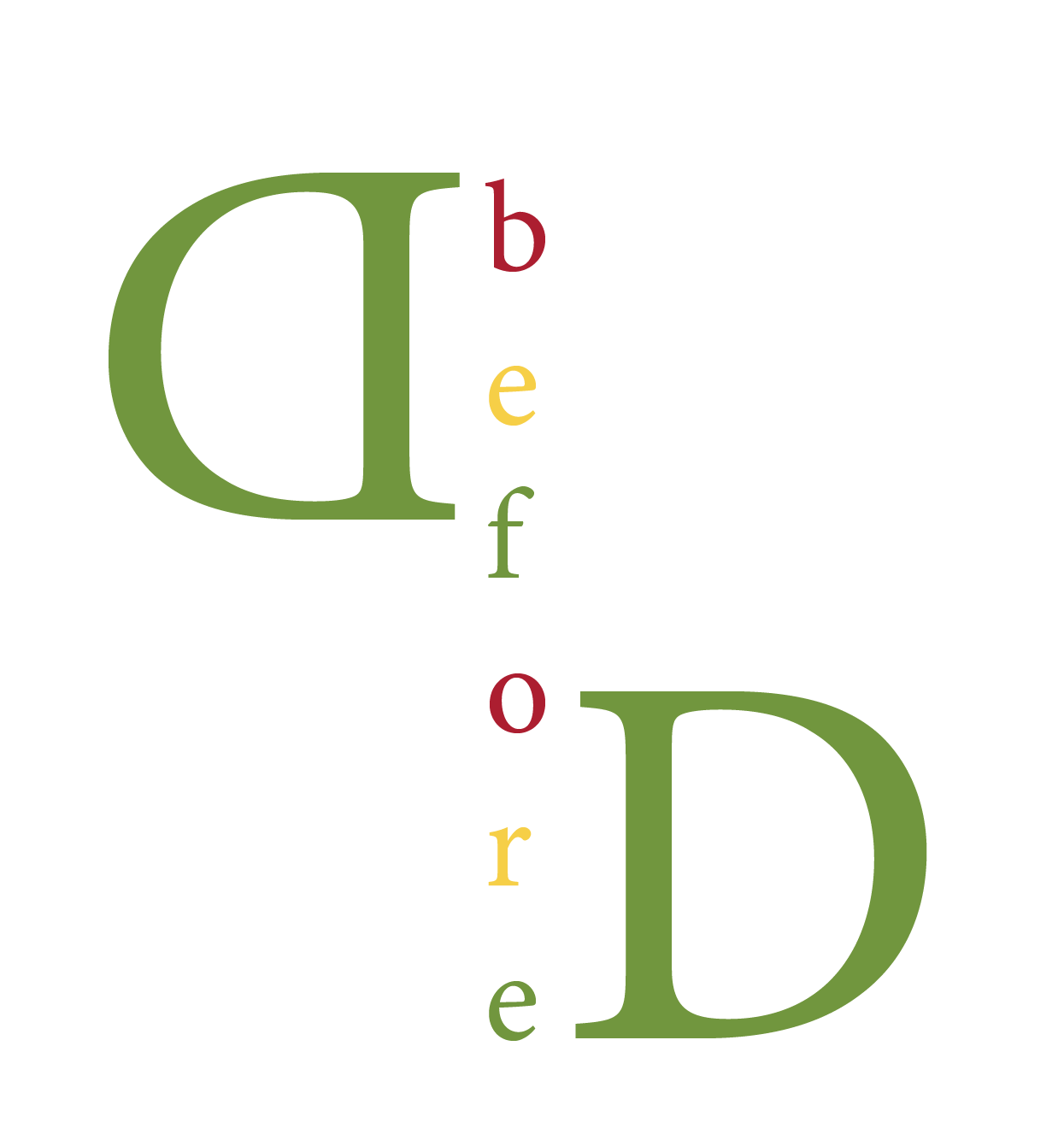Unruly bodies and technological encounters- Arndís Bergsdóttir
This paper discusses how matters of dis-/abled bodies become absent as they move through the practices and technologies that characterize archives and the shaping of heritage. It argues that the absences created by these practices cannot be viewed as voids that signal subordinate nothings but must be taken into consideration as matters of significance that deserve attention and trust. Thus, absences are agentic matters that involve all possible possibilities yet are consistently regenerated as matters of exclusion. The discussion focuses on museum archives in Iceland and illustrates how such exclusions are uncritically regenerated through technologies of registration in museum archives.
Pregnancy lore, folklore of differences and stigma- Eva Þórdís Ebenezersdóttir
In this paper, I draw on examples of folk beliefs about pregnancy and infants drawn from the memory of people born between 1880-1920. By combining folkloristics and disability studies this material reveals ideas about how the normal/abnormal interact and influence each other when it came to the mystical time of pregnancy. Such combination also leads to the discovering of stigmatizing ideas towards those born with differences as well as their mothers. Stigma that, hidden and shielded by traditional folklore, may have affected people’s expectations and feelings towards pregnancy and infants that were born with differences.
One Story, One Person – The Importance of Microhistorical Research for Disability Studies- Sigurður Gylfi Magnússon
In my previous work I established a theoretical framework called ‘the Singularization of History’ by criticizing the way social, cultural and microhistorians have practiced their scholarship in the last two or three decades. I paid particular attention to one element common to the theoretical orientations of all microhistorians, the connections between micro and macro. Microhistorians of all persuasions emphasize the importance of placing small units of research within larger contexts. I refute this principle and show its inherent contradictions. I encourage historians to cut the umbilical cord that ties them to what is sometimes called ‘a great historical question’. This paper considers whether this research focus excludes historical inquiry that has its focus on only one person, only one story.
What did the priest and the doctor notice about the little girl?- Sólveig Ólafsdottir
By analysing official records regarding Bíbí’s (Bjargey Kristjansdottir (1927-1999) early life, a skilled historian can contextualize them with current local and national communities. The first legislation bill regarding ‘feebleminded’ people, was passed by the Icelandic parliament in the 1930s which was the first Icelandic laws written about people with intellectual or physical impairment. A glimpse on Bíbí’s early life, from the writings of the most powerful men in her local community will give her autobiography an extra weight. It will also give her text more historical context and deeper understanding of her emotional situation. History of Emotions is a blooming research field both in Europe and the United States.
Doing interdisciplinary research on disability history: Lessons learned from the Icelandic Disability before Disability project- Hanna Björg Sigurjónsdóttir
The grant of excellence project ‘Disability before disability’ (DbD) brings together researchers representing various fields of the social sciences and humanities into a dialogue about what constituted disability in Icelandic society, culture and history from settlement to the time disability was established as a modern legal, bureaucratic and administrative concept. The disciplines involved are; history, archaeology, medieval Icelandic literature, folklore and ethnography, museum studies, anthropology, informational science and disability studies. Doing interdisciplinary research involves many challenges and in this paper emphasis is on the experiences, challenges and lessons learned from working cross disciplinary on disability in culture.
Bíbí in Berlin- Guðrún V Stefánsdóttir
Bíbí (Bjargey Kristjánsdóttir 1927-1999) lived at the farm, Berlin, with her family until she was 30 years old and after that she moved to an institution for the elderly. At the farm Bíbí was hidden if guests came by and she didn’t have the opportunity to go to school with her peers. In her auto biography she writes about her circumstances at the farm and describes her family and neighbours with a great sense of irony and humour. In this paper a feminist intersectionality framework is used to analyse how class, disability and gender intersects and lead to multiple discrimination in Bíbí’s life. I also reflect on how Bíbí’s auto-biography appears as counter-narratives that resist negative historical beliefs and stereotypes of people with intellectual disabilities.
